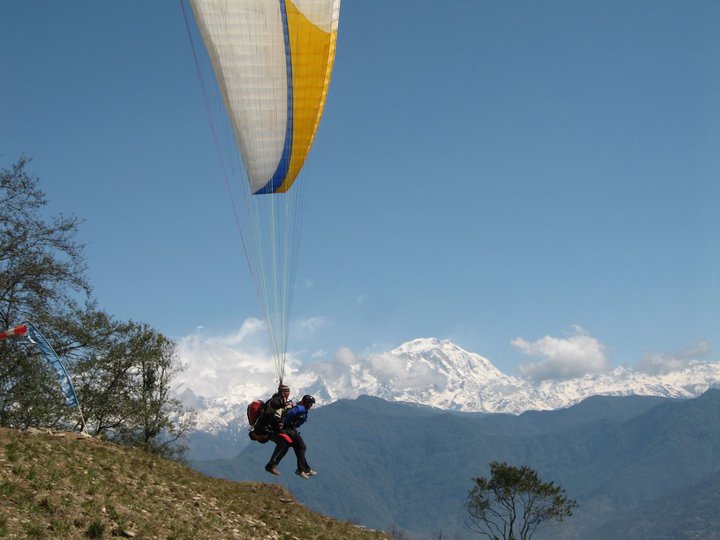Fast Facts About Mount Everest
Location: Nepal, Asia
First Ascent: Sir Edmund Hillary (New Zealand) and Tenzing Norgay (Nepal), May 29, 1953
Elevation: 29,035 feet (8,850 meters)
Elevation: 29,035 feet (8,850 meters)
Video: Everest-Summit
Fast Facts
- Mount Everest is also called Sagarmatha, meaning "Mother of the Universe" in Nepalese. The mountain is sacred to the native people.
- British surveyors named the peak for George Everest (properly pronounced “I-ver-ist”) a Surveyor General of India in the mid-nineteenth century.
- Everest's current elevation is based on a GPS device implanted on the highest rock point under ice and snow in 1999 by an American expedition. The mountain is higher than 21 Empire State Buildings stacked on top of each other.
- Mount Everest was once surveyed at exactly 29,000 feet but the surveyors didn't think people would believe that so they added two feet to its elevation, making it 29,002 feet.
- Mount Everest is rising from 3 to 6 millimeters or about 1/3 inch a year. Everest is also moving northeastward about 3 inches a year.
- Mount Everest was dissected by glaciers into a huge pyramid with three faces and three major ridges on the north, south, and west sides of the mountain. Five major glaciers continue to chisel Mount Everest—Kangshung Glacier on the east; East Rongbuk Glacier on the northeast; Rongbuk Glacier on the north; and Khumbu Glacier on the west and southwest.
- Mount Everest has an extreme climate. The summit temperature never rises above freezing or 32° F (0° C). Its summit temperatures in January average -33° F (-36° C) and can drop to -76° F (-60° C). In July, the average summit temperature is -2° F (-19° C).
- The best time to climb Everest is in early May before the monsoon season.
- The Southeast Ridge from Nepal, called the South Col Route, and the Northeast Ridge or the North Col Route from Tibet are the usual climbing routes.
- In 1978 Reinhold Messner and Peter Habeler were the first to climb Mount Everest without supplemental oxygen. Messner later described his summit experience: "In my state of spiritual abstraction, I no longer belong to myself and to my eyesight. I am nothing more than a single narrow gasping lung, floating over the mists and summits." In 1980 Messner made the first solo ascent, which was via a new route on the mountain's north side.
- The largest expedition to climb Mount Everest was a 410-climber Chinese team in 1975.
- The most climbers to reach the summit in a single day was 40 on May 10, 1993.
- The safest year on Mount Everest was 1993 when 129 climbers reached the summit and only 8 died.
- The least safe year on Mount Everest was 1996 when 98 climbers summitted and 15 died. That season was the Into Thin Air fiasco documented by author Jon Krakauer
- Sherpa Babu Chiri stayed on the summit of Everest for 21 hours and 30 minutes.
- Stacey Allison from Portland, Oregon made the first ascent by an American woman on September 29, 1988.
- The country with the most deaths on Mount Everest is Nepal with 47 (as of 2009).
- Jean-Marc Boivin of France made the fastest descent from the summit of Mount Everest to the base by swiftly paragliding down in 11 minutes.
- Davo Kamicar of Slovenia made the first ski descent of Mount Everest on October 10, 2000.
- Over 150 bodies of dead climbers are on the peak.
- A jumping spider lives up to 22,000 feet on Mount Everest.
- A helicopter piloted by a Frenchman supposedly made a hover landing on the summit in 2005.
Photos














































































 Kathmandu Time
Kathmandu Time
















